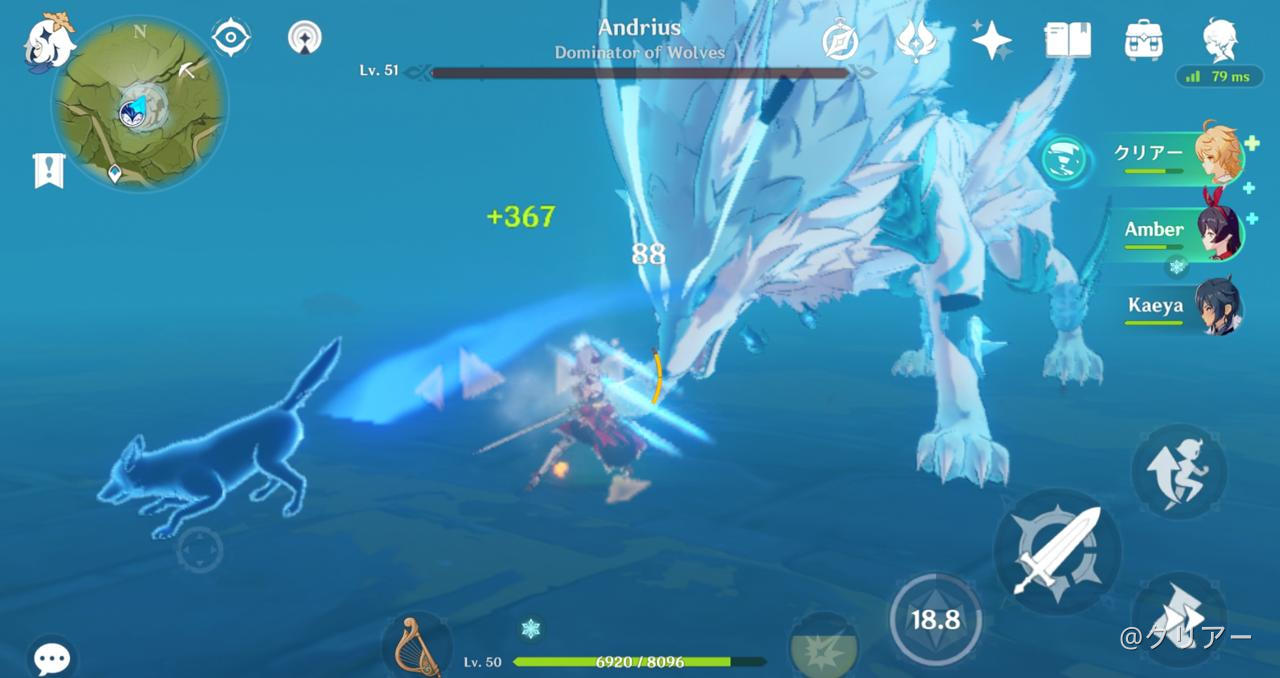
Set the insertion cursor just before the character at the given index.


Returns the entry's current text as a string. If the second argument is omitted, only the single character at position first is deleted. If you expect that users will often enter more text than the onscreen size of the widget, you can link your entry widget to a scrollbar.įollowing are commonly used methods for this widget − Sr.No.ĭeletes characters from the widget, starting with the one at index first, up to but not including the character at position last. You can set this option to a number of characters and the checkbutton will always have room for that many characters. The default width of a checkbutton is determined by the size of the displayed image or text. In order to be able to retrieve the current text from your entry widget, you must set this option to an instance of the StringVar class. If the cursor is currently over the checkbutton, the state is ACTIVE. The default is state = NORMAL, but you can use state = DISABLED to gray out the control and make it unresponsive. entry that echoes each character as an asterisk, set show = "*". Normally, the characters that the user types appear in the entry. The foreground (text) color of selected text. The width of the border to use around selected text. The background color to use displaying selected text. You may set this option to any of the other styles With the default value, relief = FLAT, the checkbutton does not stand out from its background. If the text contains multiple lines, this option controls how the text is justified: CENTER, LEFT, or RIGHT. The color of the focus highlight when the checkbutton has the focus. To avoid this exportation, use exportselection = 0. If you set this option to a cursor name ( arrow, dot etc.), the mouse cursor will change to that pattern when it is over the checkbutton.īy default, if you select text within an Entry widget, it is automatically exported to the clipboard.

Default is 2 pixels.Ī procedure to be called every time the user changes the state of this checkbutton. The size of the border around the indicator. The normal background color displayed behind the label and indicator. These options can be used as key-value pairs separated by commas. Options − Here is the list of most commonly used options for this widget. Master − This represents the parent window. Here is the simple syntax to create this widget − If you want to display one or more lines of text that cannot be modified by the user, then you should use the Label widget. If you want to display multiple lines of text that can be edited, then you should use the Text widget.
#Entry icursor update#
If more code is needed I will update the post.The Entry widget is used to accept single-line text strings from a user.

I can not understand why it works like a charm only after the prefix and not when the first number is typed (It results as +(Cursor here)3 instead of +3(Cursor here)). TelephoneText = Label(Body,text='Telephone Number *')Īs you see, theoretically, the position should be setted at the end of the string everytime the user adds a number. Self.InsertTelephoneNumber = Entry(Body,textvariable=self.istn) ('w', lambda name, index, mode, istn=self.istn: self.TelephoneCheck(istn)) (len(Plain))ĭef CreateInsertTelephoneNumber(self,X,Y,color='white'): This is my code snippet (It belongs to a much larger one). icursor(n), used to set the cursor position, at first does not work properly, but then, surpassed the prefix, it does. I'd like to create an Entry with Tkinter where the user can type its telephone number and the text dynamically changes in order that once finished it becomes like +34 1234567890.


 0 kommentar(er)
0 kommentar(er)
